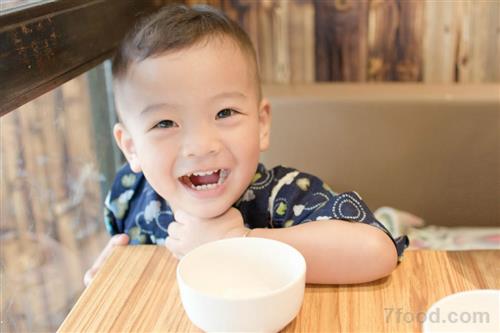Children fever how to care for different antipyretics what is the difference
Children with cold fever is a common disease in children, most of the cold patients do not have high fever and systemic symptoms, only the low fever, headache, and feeling uncomfortable. Children with fever have good and harmful effects on the human body. When the fever, the body's immune function is significantly enhanced, which is conducive to the elimination of pathogens and promote the recovery of the disease. Therefore, when the body temperature is not too high, it is not necessary to use antipyretic drugs, and only pay close attention to changes in body temperature. When the temperature exceeds 38.5 degrees, the baby should be given antipyretic drugs. Care 1, rest Increase rest time and ensure that children have enough sleep time to play a role in strengthening children's resistance to disease. 2, observe the body temperature If the child's body temperature exceeds 38.5 degrees Celsius, the child has a fever, and physical cooling (warm bath) or drug cooling (preferably under the guidance of a doctor) should be performed immediately. 3, diet Children with colds often have poor appetite, so parents can eat light, easily digested foods when their body temperature approaches normal, according to the timing of eating. 4, add water Especially when it is hot, you should eat more to supplement the loss of moisture. 5, suitable for clothing and bedding Don't wear too much and cover too much when your child is hot. Because, on the one hand, it is not easy to dissipate heat and raise the body temperature; on the other hand, the child sweats too much and causes water loss. The correct approach is to make clothing when the fever is not too much, to take off some clothes when sleeping to avoid getting cold after getting up, cover the quilt can be a little more than usual, but should be reduced in time after sweating. 6, keep the stool smooth Keeping the stool open helps the child's body temperature return to normal. If the child develops constipation, the parents can use Kose Road to ease. Children with cold fever medication principle 1, the dose should not be too large, taking time should not be too long; 2, drink more water during medication, to facilitate the absorption and excretion of drugs, reduce the poisoning of drugs on children's body; 3, children under 3 years old, liver, kidney is not yet mature, to take small doses; 4, children or their family members have antipyretic allergy history, do not use antipyretics; 5, antipyretics and alkaline drugs do not take at the same time, such as baking soda, aminophylline, etc., otherwise it will reduce the effect of fever. At present, children's antipyretic drugs sold in various hospitals and pharmacies mainly include four types of liquid preparations, tablets, suppositories and injections. The more common children's antipyretics can be divided into six categories according to the composition: 1, aspirin Note: Disabled under 16 One of the oldest antipyretic drugs used has a strong antipyretic effect, but it also has a large number of side effects, causing serious gastrointestinal irritation and even causing ulcers. The United Kingdom clearly stipulates that aspirin is banned in children under the age of 16. At present, the drug is also phasing out in the domestic pediatrics. 2, paracetamol Note: It is safer and can be kept at home That is, paracetamol is the most commonly used anti-fever medicine in pediatric clinics. It is a relatively safe antipyretic drug. The antipyretic effect is rapid and the adverse reactions are few and can be kept at home. On behalf of medicine such as Pediatric Merrill Lynch syrup, Pediatric 100% Ning drops. 3, ibuprofen Note: Suitable for antipyretic analgesia in children and adults over 6 months Ibuprofen is a safer and more effective drug than the new pediatric antipyretics. It has obvious antipyretic and analgesic effects and has fewer side effects. Acetaminophen is less gastrointestinal irritant. The representative drug is Tone oral solution. 4. Nimesulide Note: The risk is high and needs to be used with caution; children under 12 are prohibited. Nimesulide has significant anti-inflammatory, analgesic and antipyretic effects. However, there have been recent reports that nimesulide has a high risk of severe liver damage and should be used with caution. 5. Compound aminopyrine Note: Infants and young children are disabled, older children use caution Also known as Antongding, it is one of the most commonly used antipyretic drugs in clinical practice. Potentially induced acute hemolytic anemia, risk of side effects such as skin rashes. If the dose of this product is too large to cause the child to sweat excessively, the body temperature drops suddenly, and it is easy to cause collapse. 6, Anaijin Note: Do not use in extreme emergency situations, and there is a cross-allergic reaction to aspirin. Analgin's antipyretic effects are noticeably rapid, but the side effects are also very obvious. Individuals are allergic to the drug and may even experience shock or even death. Therefore, it is used for emergency fever only when there is acute high fever, severe illness, and no other antipyretics are available. At present, 27 countries have banned or restricted the use of metamizole, but some local hospitals in China still use it, which deserves great attention. Stomach Tube,stomach tube sizes,Feeding Tube,tube feeding Anesthesia Medical Co., Ltd. , https://www.medicaldiverse.com
